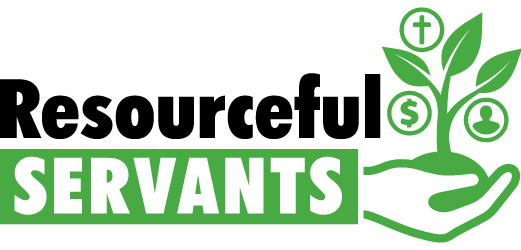Recording and reporting the flow of money within a congregation instills confidence in its leaders and constituents that the financial resources needed for mission and vision are being generated and directed according to plan. Financial transparency also feeds a culture of trust that inspires people and motivates future gifts.
Build and Use a Budget
Most people think of a budget as a tool to set limits and control expenses; a broader view suggests it is a map for how an organization is going to financially implement its mission and vision. A budget gives a congregation an agreed upon financial plan to collect funds from constituents and then spend those funds on ministry through staff, programs and physical assets.
For a budget to be most useful, it needs to be available not only annually but also monthly to recognize the seasonal variations in income and expenses. This level of detail may indicate that there are periods of inadequate cash flow (for example, during the summer) where reserve funds will be needed to stay current with expenses.
A “narrative” budget is different than a traditional budget in that it attempts to translate line-item expenses into categories related to a congregation’s mission and vision. For example, if ministries of worship, pastoral care, faith formation and social concern are top-level categories of mission, all expenses (like payroll, benefits and facilities) would be proportionally distributed to those purposes. While a narrative budget is not meant to replace a traditional budget, many times it is more inspiring to tell the story of the congregation using a narrative format.
Opportunities to improve your budget include consolidating line items that no longer provide valuable information or breaking out income or expenses where greater definition would be helpful.


